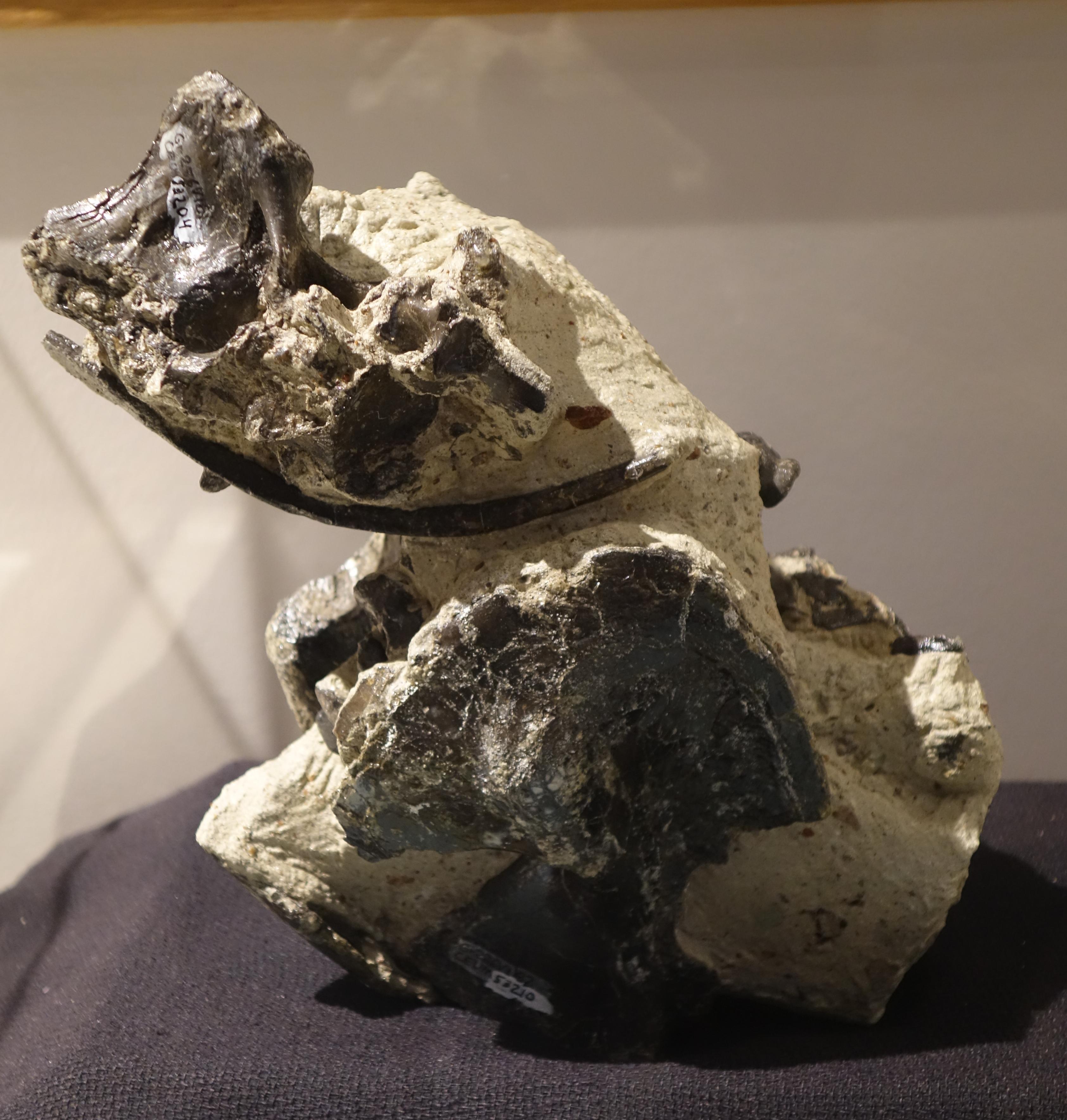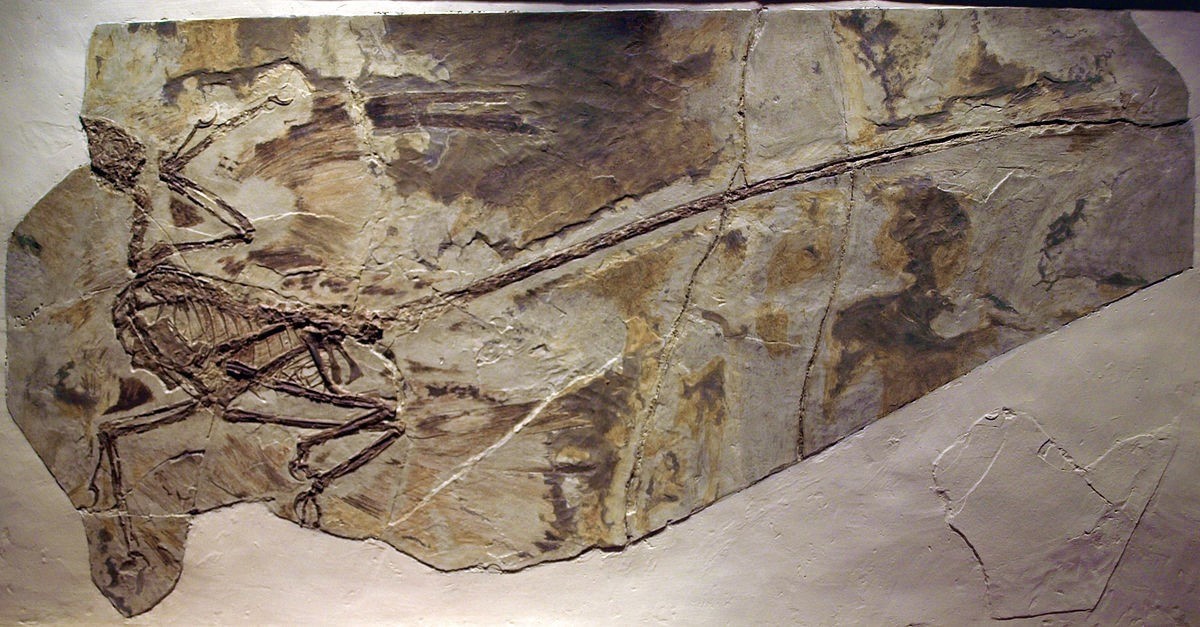|
Therizinosauria
Therizinosaurs (once called segnosaurs) were large herbivorous theropod dinosaurs whose fossils have been found across the Early to Late Cretaceous deposits in Asia and North America. Various features of the forelimbs, skull and pelvis unite these finds as both theropods and maniraptorans, close relatives to birds. The name of the representative genus, ''Therizinosaurus'', is derived from the Greek (, 'to reap' or 'scythe')Translated paper and (, 'lizard'). The older representative, ''Segnosaurus'', is derived from the ('slow') and the Greek . History of research [...More Info...] [...Related Items...] OR: [Wikipedia] [Google] [Baidu] |
Segnosaurus
''Segnosaurus'' is a genus of therizinosaurid dinosaur that lived in what is now southeastern Mongolia during the Late Cretaceous, about 102–86 million years ago. Multiple incomplete but well-preserved specimens were discovered in the Gobi Desert in the 1970s, and in 1979 the genus and species ''Segnosaurus galbinensis'' were named. The generic name ''Segnosaurus'' means "slow lizard" and the specific name ''galbinensis'' refers to the Galbin region. The known material of this dinosaur includes the lower jaw, neck and tail vertebrae, the pelvis, shoulder girdle, and limb bones. Parts of the specimens have gone missing or become damaged since they were collected. ''Segnosaurus'' was a large-bodied therizinosaur that is estimated to have been about long and to have weighed about . It would have been bipedal, with the trunk of its body tilted upwards. The head was small with a beak at the tip of the jaws, and the neck was long and slender. The lower jaw was down-turned at t ... [...More Info...] [...Related Items...] OR: [Wikipedia] [Google] [Baidu] |
Therizinosauridae
Therizinosauridae (meaning 'scythe lizards')Translated paper is a family of derived (advanced) whose fossil remains have been found in mostly boundary. Even though representative fossils have only been found throughout and |
Therizinosaurus
''Therizinosaurus'' (; meaning 'scythe lizard') is a genus of very large therizinosaurid that lived in Asia during the Late Cretaceous period in what is now the Nemegt Formation around 70 million years ago. It contains a single species, ''Therizinosaurus cheloniformis''. The first remains of ''Therizinosaurus'' were found in 1948 by a Mongolian field expedition at the Gobi Desert and later described by Evgeny Maleev in 1954. The genus is only known from a few bones, including gigantic manual unguals (claw bones), from which it gets its name, and additional findings comprising fore and hindlimb elements that have been discovered during the 1960s–1980s. ''Therizinosaurus'' was a colossal therizinosaurid that could grow up to long and tall, and weigh possibly over . Like other therizinosaurids, it would have been a slow-moving, long-necked, high browser equipped with a rhamphotheca (horny beak) and a wide torso for food processing. Its forelimbs were particularly robust and had t ... [...More Info...] [...Related Items...] OR: [Wikipedia] [Google] [Baidu] |
Therizinosaurus Arms
''Therizinosaurus'' (; meaning 'scythe lizard') is a genus of very large therizinosaurid that lived in Asia during the Late Cretaceous period in what is now the Nemegt Formation around 70 million years ago. It contains a single species, ''Therizinosaurus cheloniformis''. The first remains of ''Therizinosaurus'' were found in 1948 by a Mongolian field expedition at the Gobi Desert and later described by Evgeny Maleev in 1954. The genus is only known from a few bones, including gigantic manual unguals (claw bones), from which it gets its name, and additional findings comprising fore and hindlimb elements that have been discovered during the 1960s–1980s. ''Therizinosaurus'' was a colossal therizinosaurid that could grow up to long and tall, and weigh possibly over . Like other therizinosaurids, it would have been a slow-moving, long-necked, high browser equipped with a rhamphotheca (horny beak) and a wide torso for food processing. Its forelimbs were particularly robust and had t ... [...More Info...] [...Related Items...] OR: [Wikipedia] [Google] [Baidu] |
Enigmosaurus
''Enigmosaurus'' (meaning "Enigma lizard" or "Enigmatic lizard") is a genus of therizinosauroid that lived in Asia during the Late Cretaceous period. It was a medium-sized, ground-dwelling, bipedal herbivore that represents the third therizinosaur taxon from the Bayan Shireh Formation, although it is known from the lower part. The genus is monotypic, including only the type species ''E. mongoliensis'', known from a well preserved pelvis and other tentative body remains. Discovery and naming The holotype, IGM 100/84, was discovered at the Khara Khutul locality in the Bayan Shireh Formation (sometimes called Baynshire Formation or the Baynshirenskaya Svita), southeastern Mongolia, dating from the Late Cretaceous period, and first reported in 1979 on a pelvic comparison with other theropod dinosaurs. At the time, little was known about therizinosaurs. In 1980, it was mentioned again, this time in the new infraorder created by the Mongolian paleontologists Rinchen Barsbold and Altan ... [...More Info...] [...Related Items...] OR: [Wikipedia] [Google] [Baidu] |
Falcarius
''Falcarius'' (meaning "sickle cutter") is a genus of primitive therizinosaur dinosaur that lived during the Early Cretaceous period in what is now North America. Its remains were first collected in the Cedar Mountain Formation in 1999, with subsequent findings made during the 2000s. The genus is known from multiple specimens ranging from immature to fully-grown individuals. ''Falcarius'' was a long bipedal herbivore with a small head and an elongated neck and tail. Unlike advanced therizinosaurs, ''Falcarius'' had a propubic pelvis and three-toed feet with a reduced hallux (first digit). ''Falcarius'' is the basalmost known definitive therizinosaurian genus, and has been considered a transitional form connecting the typical theropod bodyplan to the unusual morphology of Therizinosauridae. Its description in 2005, following that of the basal therizinosauroid '' Beipiaosaurus'' from the Early Cretaceous of China in 1999, helped clarify the early evolution of the Therizinosauria a ... [...More Info...] [...Related Items...] OR: [Wikipedia] [Google] [Baidu] |
Maniraptora
Maniraptora is a clade of coelurosaurian dinosaurs which includes the birds and the non-avian dinosaurs that were more closely related to them than to ''Ornithomimus velox''. It contains the major subgroups Avialae, Deinonychosauria, Oviraptorosauria and Therizinosauria. '' Ornitholestes'' and the Alvarezsauroidea are also often included. Together with the next closest sister group, the Ornithomimosauria, Maniraptora comprises the more inclusive clade Maniraptoriformes. Maniraptorans first appear in the fossil record during the Jurassic Period (see '' Eshanosaurus''), and survive today as living birds. Description Maniraptorans are characterized by long arms and three-fingered hands (though reduced or fused in some lineages), as well as a "half-moon shaped" (semi-lunate) bone in the wrist (carpus). In 2004, Tom Holtz and Halszka Osmólska pointed out six other maniraptoran characters relating to specific details of the skeleton. Unlike most other saurischian dinosaurs, which h ... [...More Info...] [...Related Items...] OR: [Wikipedia] [Google] [Baidu] |
Fukuivenator
''Fukuivenator'' ("hunter of Fukui Prefecture") is an extinct genus of therizinosaurian theropod dinosaur from the Early Cretaceous of Japan. Discovery and naming The type species ''Fukuivenator paradoxus'' was in 2016 named and described by Yoichi Azuma, Xu Xing, Masateru Shibata, Soichiro Kawabe, Kazunori Miyata and Takuya Imai. The generic name combines a reference to the Fukui prefecture with Latin ''venator'', "hunter". The specific name refers to the paradoxical combination of traits shown by the species. The rocks in which the skeleton of ''Fukuivenator'', holotype FPDM-V8461, was found in August 2007 belong to the Kitadani Formation, which is probably of Barremian or Aptian age. Radiometric dating of nearby rock units has given this formation an estimated age of somewhere between 127 and 115 million years old. The holotype consists of a partial skeleton with skull. The skeleton of ''F. paradoxus'' is currently the most complete non-avian dinosaur fossil found in Ja ... [...More Info...] [...Related Items...] OR: [Wikipedia] [Google] [Baidu] |
Beipiaosaurus
''Beipiaosaurus'' is a genus of therizinosauroid theropod dinosaurs that lived in Asia during the Early Cretaceous in the Yixian Formation. The first remains were found in 1996 and formally described in 1999. Before the discovery of ''Yutyrannus'', they were among the heaviest dinosaurs known from direct evidence to be feathered. ''Beipiaosaurus'' is known from three reported specimens preserving numerous impressions of feather structures that allowed to determine the feathering color which turned out to be brownish. They were relatively small-sized therizinosaurs, measuring long and weighing about in contrast to the advanced and giant ''Segnosaurus'' or ''Therizinosaurus''. The necks of ''Beipiaosaurus'' were shorter than in most therizinosaurs, whose are characterized by elongated necks adapted for high-browsing. Also, their feet configuration differs from therizinosaurids, having a generic three-toed pes instead of four as seen in other members. The exact classification of ... [...More Info...] [...Related Items...] OR: [Wikipedia] [Google] [Baidu] |
Alxasaurus
''Alxasaurus'' (; meaning " Alxa lizard") is a genus of therizinosauroid theropod dinosaurs from the Early Cretaceous (Albian age) Bayin-Gobi Formation of Inner Mongolia. History of discovery The fossil remains were first discovered in 1988 and described by the Canadian paleontologist Dale Russell and his Chinese colleague Dong Zhiming in 1993. However, although the paper is technically included in the last issue of the 1993 volume of the Canadian Journal of Earth Sciences, this issue was actually released in the early weeks of 1994. ''Alxasaurus'' is named after the Alxa Desert of Inner Mongolia, also known as the "Alashan" desert, and the name also includes the Greek word ''sauros'' ("lizard"). Alxa (or Alashan) is also the name of the league, or administrative division, of the Inner Mongolia (Nei Mongol Zizhiqu) region of the People's Republic of China. The single known species, ''elesitaiensis'', is named after Elesitai, a village found in this region, near which the fossil ... [...More Info...] [...Related Items...] OR: [Wikipedia] [Google] [Baidu] |
Dinosaurs
Dinosaurs are a diverse group of reptiles of the clade Dinosauria. They first appeared during the Triassic period, between 243 and 233.23 million years ago (mya), although the exact origin and timing of the evolution of dinosaurs is the subject of active research. They became the dominant terrestrial vertebrates after the Triassic–Jurassic extinction event 201.3 mya; their dominance continued throughout the Jurassic and Cretaceous periods. The fossil record shows that birds are feathered dinosaurs, having evolved from earlier theropods during the Late Jurassic epoch, and are the only dinosaur lineage known to have survived the Cretaceous–Paleogene extinction event approximately 66 mya. Dinosaurs can therefore be divided into avian dinosaurs—birds—and the extinct non-avian dinosaurs, which are all dinosaurs other than birds. Dinosaurs are varied from taxonomic, morphological and ecological standpoints. Birds, at over 10,700 living species, are among ... [...More Info...] [...Related Items...] OR: [Wikipedia] [Google] [Baidu] |
Suzhousaurus
''Suzhousaurus'' (meaning "Suzhou lizard") is a genus of large therizinosauroid dinosaur from the Early Cretaceous of China. The genus is known from two specimens discovered on the Xiagou Formation and Zhonggou Formation—which are situated in the Xinminbao Group. These findings were made during field-works in 1999 and 2004. Though ''Suzhousaurus'' is known from these two specimens, an earlier named and described therizinosauroid from the adjacent basin, ''"Nanshiungosaurus" bohlini'', may be synonymous with the former. However, ''Suzhousaurus'' can not be compared to this species due to non-overlapping material and the loss of the same. Moreover, this synonymy will result in ''Suzhousaurus bohlini'' with ''"N". bohlini'' having priority. ''Suzhousaurus'' was an unusually large Early Cretaceous therizinosauroid reaching lengths of and nearly in weight. The upper arm (humerus) was very distinct from therizinosaurids, making ''Suzhousaurus'' to be considered as a therizinosauro ... [...More Info...] [...Related Items...] OR: [Wikipedia] [Google] [Baidu] |











